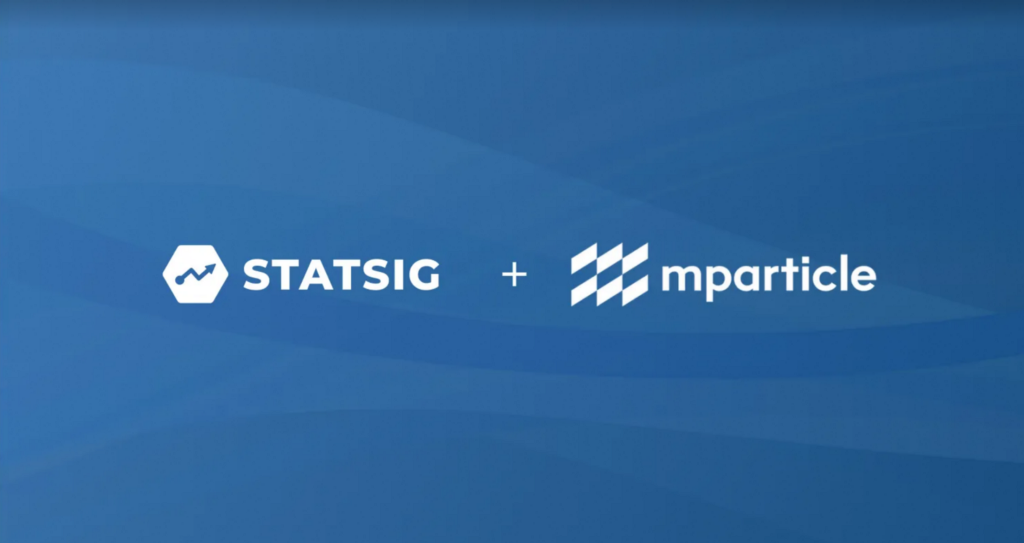
Get more value from your mParticle events in minutes
Statsig can now be configured as a destination within mParticle to automatically ingest your mParticle events. This allows you to bootstrap your Statsig environment easily, as all of the events you’ve been logging to mParticle will show up in your Statsig experiments with no additional work.
What you get
Statsig is a modern feature-management and product experimentation platform. mParticle is the customer data platform for every screen. Connecting them lets you run 10x more experiments than you’re likely running today — by automatically connecting mParticle events to Statsig experiments. Examples of what light up include —
Pulse
For any current and future experiments run on Statsig, Statsig be able to provide comparisons for how your mParticle events are affected by the test and control groups. This enables you to get a complete view of how the features you’re building and testing are affecting your ecosystem based on the metrics you’ve already logged.

Metrics
Your events will arrive in Statsig in real-time, allowing you to dive in and gather insights from your metrics by exploring historical trends or observing correlations between features you shipped and changes in event volumes.

Ultrasound
Find which features and experiments are causing the greatest positive or negative lifts in your mParticle metrics with Ultrasound and identify which features to double-down on and which should be reconsidered.

How it works
Configure inbound events (mParticle -> Statsig) by using your Statsig Server Key to configure a Statsig Event Integration via mParticle’s integrations directory.
Configure outbound events (mParticle -> Statsig) by adding a feed input with a Statsig source. See more detail in the Statsig documentation.

Sign up to start using Statsig here and start getting more value from your mParticle events. The free tier never expires!
Request a demo
